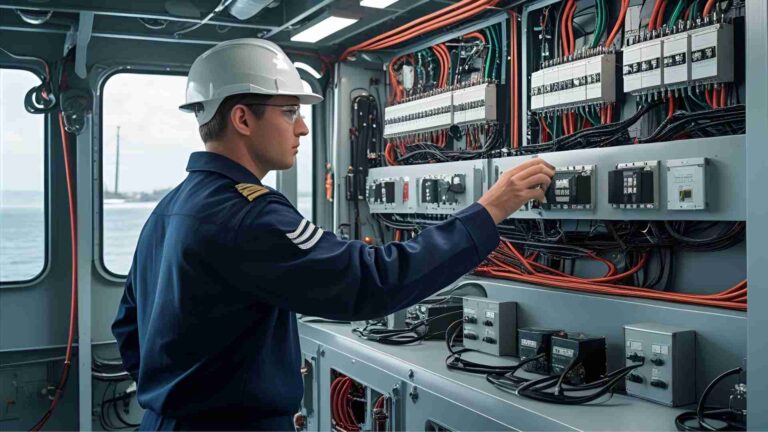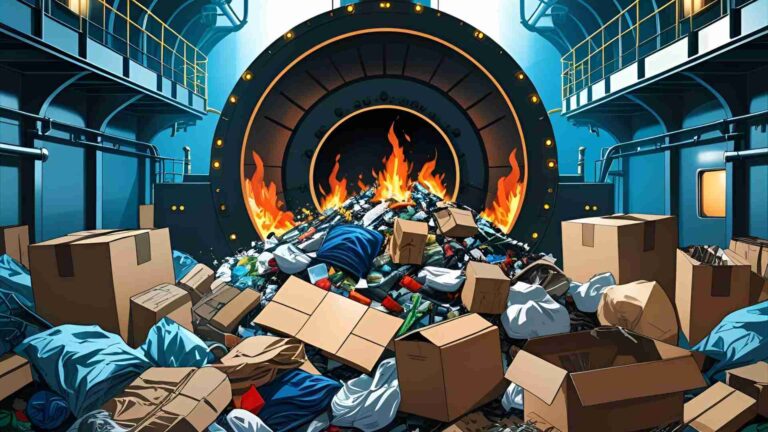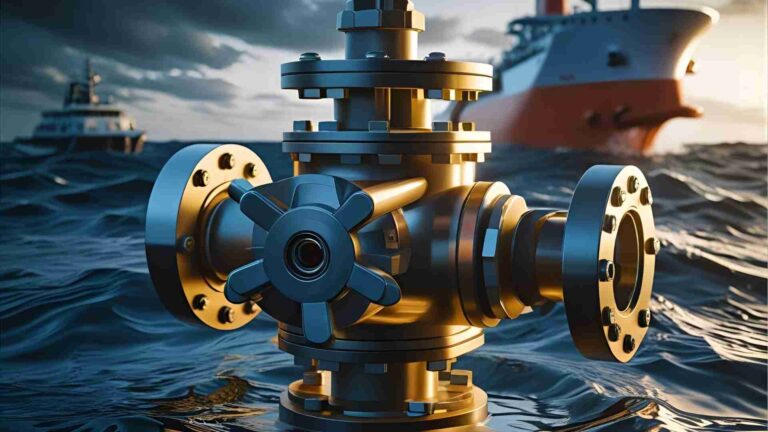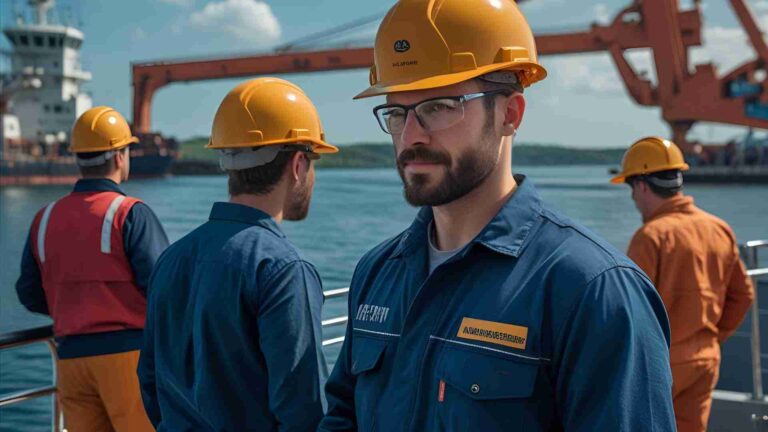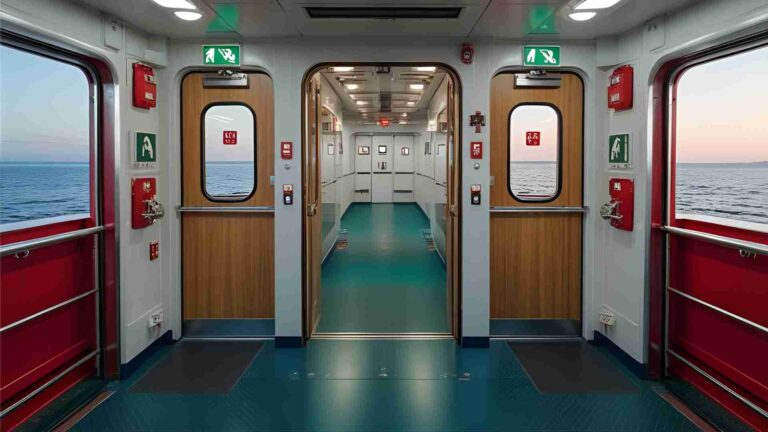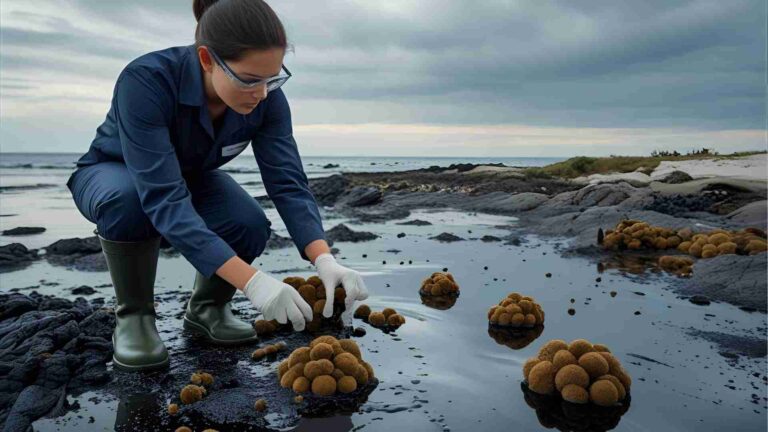Understanding SOLAS: A Comprehensive Overview
Explore the SOLAS Convention, its history, key provisions, and global impact on maritime safety in this detailed guide.
The International Convention for the Safety of Life at Sea (SOLAS) is a cornerstone of global maritime safety, establishing minimum standards for the construction, equipment, and operation of merchant ships engaged in international voyages. Adopted under the International Maritime Organization (IMO), SOLAS ensures the safety of seafarers, passengers, and the marine environment by addressing critical aspects such as ship design, fire protection, life-saving appliances, and navigation. This article provides an in-depth exploration of SOLAS, covering its historical roots, core objectives, key provisions, compliance mechanisms, and real-world impact, offering a comprehensive resource for maritime stakeholders and enthusiasts.
The Genesis of SOLAS: A Response to Tragedy
The SOLAS Convention was born out of necessity following the catastrophic sinking of the RMS Titanic in 1912, which claimed over 1,500 lives. The disaster exposed critical gaps in maritime safety, including inadequate lifeboat provisions and poor communication protocols. In response, the international community convened in London in 1914 to adopt the first SOLAS Convention, effective from 1915 but delayed due to World War I. Subsequent versions in 1929, 1948, 1960, and the current 1974 edition reflect a continuous effort to address evolving challenges and incorporate technological advancements.
The 1974 SOLAS Convention, effective since 1980, introduced the tacit acceptance procedure, allowing amendments to take effect unless a specified number of signatory states object. This flexibility ensures SOLAS remains relevant in a rapidly changing industry. Today, SOLAS is supported by 167 contracting states, making it one of the most widely adopted maritime treaties, alongside MARPOL and the STCW Convention.
Core Objectives of SOLAS
SOLAS aims to safeguard lives and property at sea by establishing minimum safety standards for merchant ships. Its objectives include:
- Ensuring Ship Safety: SOLAS sets requirements for ship construction, stability, machinery, and equipment to minimize accident risks.
- Protecting Lives: The convention mandates life-saving appliances, fire protection systems, and crew training to enhance survival chances in emergencies.
- Promoting Global Standards: By harmonizing safety practices across nations, SOLAS ensures consistency and fosters international cooperation.
- Protecting the Environment: SOLAS includes measures to prevent pollution from structural failures or operational errors.
These objectives create a robust framework that enhances the safety, security, and sustainability of global maritime operations.
Key Provisions of SOLAS
SOLAS is organized into 14 chapters, each addressing specific safety aspects. Below is a detailed overview of the most critical chapters, their regulations, and their significance.
Chapter I: General Provisions
This chapter outlines the application of SOLAS to cargo ships (500 gross tonnage and above) and passenger ships on international voyages. It includes regulations for surveys, certifications, and port state control, ensuring compliance through inspections and documentation. Key certificates include the Safety Construction Certificate and Passenger Ship Safety Certificate.
Chapter II-1: Construction – Subdivision, Stability, Machinery, and Electrical Installations
This chapter focuses on structural integrity and operational reliability:
- Subdivision and Stability: Passenger ships must have watertight compartments to remain afloat after damage. The degree of subdivision varies by ship length and service type.
- Machinery and Electrical Systems: Essential services, such as propulsion and emergency power, must function under adverse conditions.
- Goal-Based Standards: Adopted in 2010, these require new oil tankers and bulk carriers to be designed for a specified lifespan, ensuring strength and environmental protection.
Chapter II-2: Fire Protection, Detection, and Extinction
Fire safety is critical at sea. This chapter mandates:
- Zoning and Containment: Ships are divided into fire-resistant zones to contain fires.
- Detection and Extinguishing Systems: Automatic sprinklers, fire alarms, and extinguishers are required.
- Escape Routes: Clear, accessible escape paths ensure safe evacuation.
Chapter III: Life-Saving Appliances and Arrangements
This chapter specifies requirements for lifeboats, liferafts, lifejackets, and rescue boats, detailed in the International Life-Saving Appliance (LSA) Code. It also mandates regular drills and maintenance to ensure operational readiness.
Chapter IV: Radiocommunications
The Global Maritime Distress and Safety System (GMDSS) is central to this chapter, requiring ships (300 gross tonnage and above) to carry satellite EPIRBs and SARTs for distress signaling. It ensures effective communication during emergencies.
Chapter V: Safety of Navigation
Applicable to all vessels, this chapter covers:
- Navigational Aids: Voyage Data Recorders (VDRs) and Automatic Identification Systems (AIS) are mandatory for tracking and accident investigation.
- Services: Governments must provide meteorological, ice patrol, and search-and-rescue services.
- Manning: Ships must have sufficient, qualified crew for safe navigation.
Chapter VI: Carriage of Cargoes
This chapter addresses the safe stowage and securing of solid cargoes (excluding liquids and gases). It includes the International Grain Code for grain-carrying ships, ensuring stability during transport.
Chapter VII: Carriage of Dangerous Goods
Divided into four parts, this chapter regulates:
- Packaged Goods: Governed by the International Maritime Dangerous Goods (IMDG) Code.
- Bulk Chemicals and Gases: Covered by the IBC and IGC Codes.
- Nuclear Materials: Regulated by the INF Code for safe transport.
Chapter VIII: Nuclear Ships
This chapter outlines safety requirements for nuclear-powered ships, focusing on radiation protection and emergency protocols.
Chapter IX: Management for Safe Operation
The International Safety Management (ISM) Code, mandatory under this chapter, requires shipowners to implement safety management systems, ensuring proactive risk management.
Chapter X: High-Speed Craft
This chapter enforces the High-Speed Craft (HSC) Code, detailing safety standards for fast vessels like hydrofoils.
Chapter XI-1 and XI-2: Maritime Safety and Security
- XI-1: Covers enhanced surveys and ship identification numbers.
- XI-2: Implements the International Ship and Port Facility Security (ISPS) Code, requiring ship security alert systems and port security plans.
Chapter XII: Bulk Carriers
This chapter specifies structural and operational requirements for bulk carriers over 150 meters, including water ingress alarms and damage stability standards.
Chapter XIII: Verification of Compliance
Introduced in 2016, this chapter mandates periodic audits of contracting states to ensure SOLAS compliance.
Chapter XIV: Polar Waters
Effective from 2017, this chapter enforces the Polar Code, requiring ships in Arctic and Antarctic waters to carry Polar Ship Certificates and meet environmental and safety standards.
Chapter XV: Industrial Personnel
Implemented in 2024, this chapter addresses safety for ships carrying industrial personnel in offshore sectors like wind farms.

SOLAS Compliance: Mechanisms and Challenges
Compliance with SOLAS is enforced through a multi-tiered system:
- Flag States: Responsible for certifying ships under their registry, issuing certificates like the Cargo Ship Safety Certificate.
- Port State Control: Foreign ships are inspected at ports to verify compliance, with authority to detain non-compliant vessels.
- Classification Societies: Organizations like Lloyd’s Register conduct surveys to ensure ships meet SOLAS standards.
Challenges include:
- Technological Evolution: Keeping regulations aligned with innovations like autonomous ships.
- Global Enforcement: Variations in flag state capabilities can lead to inconsistent compliance.
- Cost of Compliance: Upgrading older ships to meet modern standards can be expensive.
| Compliance Mechanism | Description | Key Certificates |
|---|---|---|
| Flag State Oversight | Ensures ships meet SOLAS standards through inspections. | Safety Construction, Safety Equipment |
| Port State Control | Inspections of foreign ships at ports. | Passenger Ship Safety Certificate |
| Classification Societies | Conduct technical surveys and issue compliance reports. | Class Certificate |
Amendments and Updates: Keeping SOLAS Relevant
SOLAS’s tacit acceptance procedure allows amendments to enter force swiftly, ensuring the convention adapts to new technologies and lessons from incidents. Notable amendments include:
- ISM Code (1994): Introduced safety management systems.
- ISPS Code (2004): Enhanced maritime security post-9/11.
- Polar Code (2017): Addressed unique risks in polar regions.
This adaptability ensures SOLAS remains a dynamic framework, responding to emerging challenges like cybersecurity and environmental sustainability.
SOLAS in Practice: Real-World Impact
SOLAS has significantly reduced maritime accidents and fatalities. For instance:
- Post-Titanic Reforms: The 1914 SOLAS mandated sufficient lifeboats, a direct response to the Titanic’s shortage.
- Costa Concordia (2012): Highlighted the need for better emergency drills, leading to stricter passenger safety regulations.
- Icon of the Seas (2024): Modern cruise ships comply with SOLAS’s advanced fire protection and evacuation systems, ensuring passenger safety.
These cases demonstrate SOLAS’s role in driving safety improvements, though challenges like crew training and equipment maintenance persist.
The Broader Impact of SOLAS
SOLAS’s influence extends beyond safety:
- Economic Benefits: Standardized regulations reduce trade barriers, facilitating global commerce.
- Environmental Protection: Measures like goal-based standards for tankers minimize pollution risks.
- Humanitarian Impact: Enhanced search-and-rescue protocols save lives during maritime emergencies.
| Impact Area | SOLAS Contribution | Example |
|---|---|---|
| Safety | Reduced accident rates | Lifeboat mandates |
| Economic | Streamlined global trade | Uniform standards |
| Environmental | Pollution prevention | Tanker stability rules |
Challenges and Future Directions
Despite its success, SOLAS faces ongoing challenges:
- Emerging Technologies: Autonomous ships and alternative fuels require new regulations.
- Climate Change: Rising sea levels and extreme weather necessitate updated polar and navigation standards.
- Global Disparities: Ensuring uniform compliance across diverse flag states remains difficult.
Future amendments may focus on:
- Digitalization: Incorporating cybersecurity for connected ships.
- Sustainability: Aligning with IMO’s decarbonization goals.
- Crew Welfare: Enhancing training and mental health support.
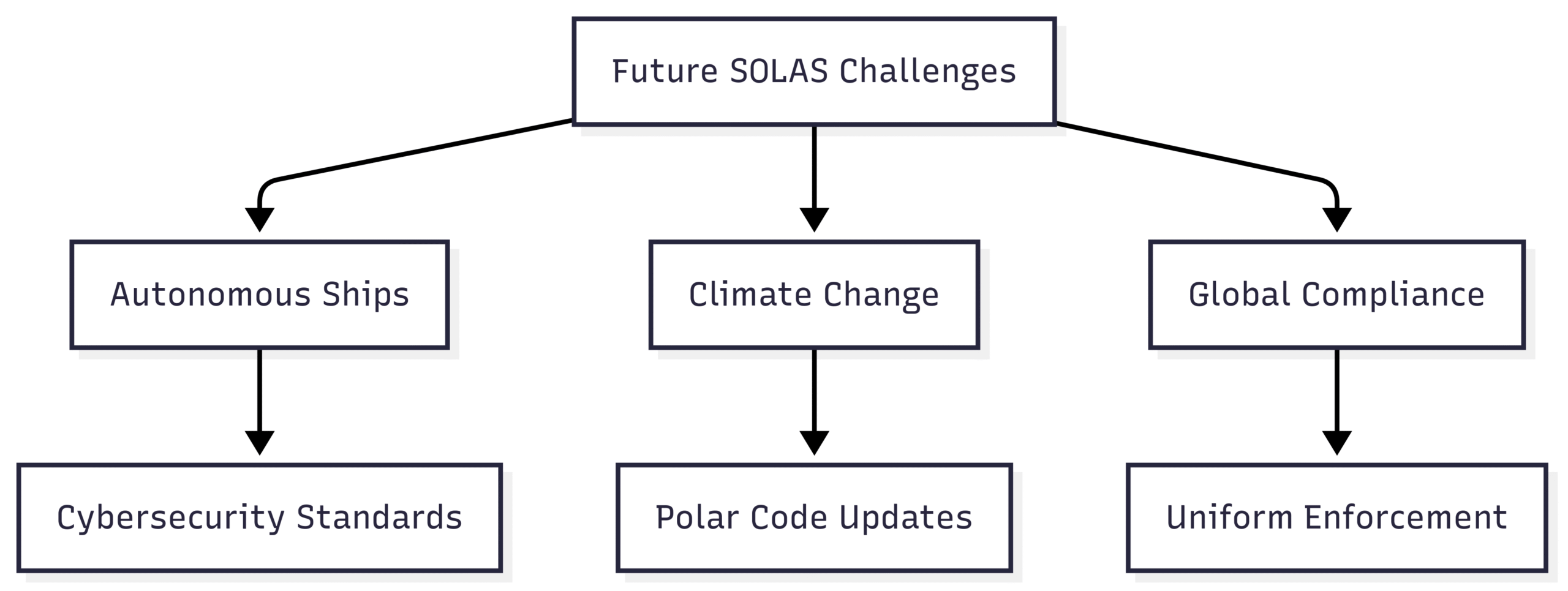
Conclusion
The SOLAS Convention is a testament to the international community’s commitment to maritime safety. From its origins in the Titanic disaster to its current role as a comprehensive regulatory framework, SOLAS has saved countless lives by setting rigorous standards for ship construction, equipment, and operations. Its adaptability, enforced through flag and port state mechanisms, ensures relevance in a dynamic industry. As maritime challenges evolve, SOLAS will continue to shape a safer, more sustainable future for global shipping, protecting seafarers, passengers, and the marine environment.
Happy Boating!
Share Understanding SOLAS: A Comprehensive Overview with your friends and leave a comment below with your thoughts.
Read Understanding the Megger Test and its Importance on Ships until we meet in the next article.

